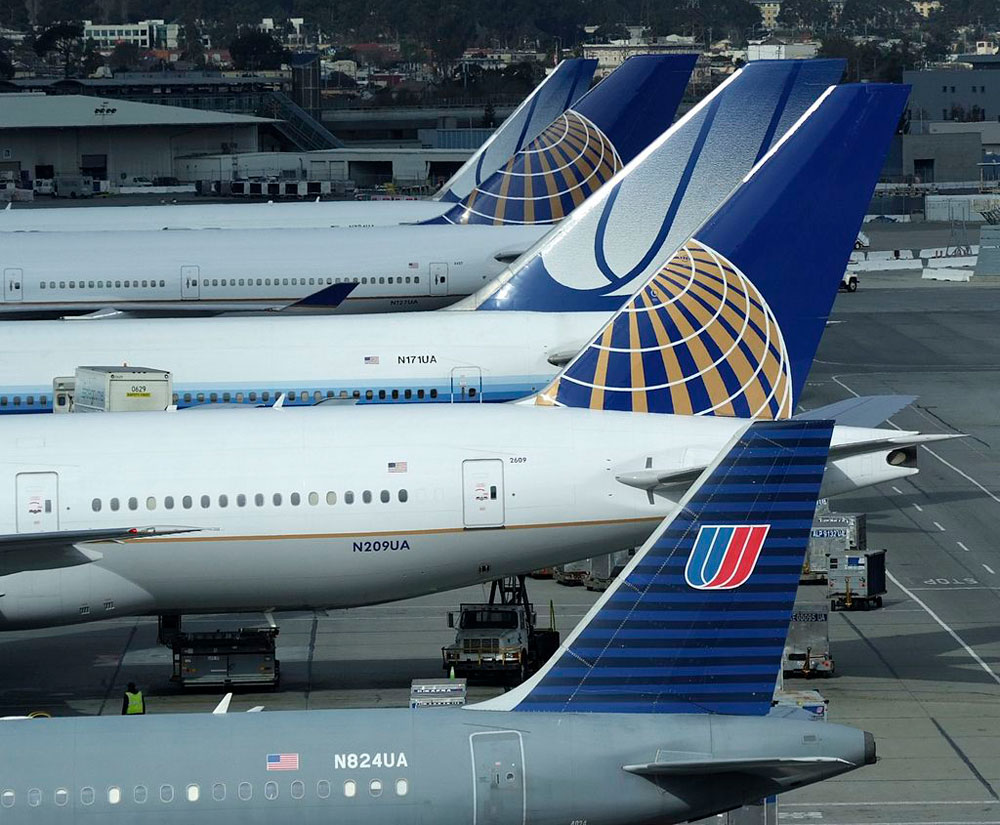
August 5, 2020; Washington Post
In April, at the peak of the economic shutdown, air passenger traffic in the US fell 96 percent. By the Fourth of July weekend, air travel had recovered, but was still more than 70 percent below the year before.
How many airline workers lost their jobs as a result? The answer is zero.
How could this be? Welcome to the Airline Protection Program. Included in the CARES Act, the program, at a cost of $31 billion, has kept about 750,000 workers employed. Far fewer workers than 750,000 work directly for airlines, but the law covered more than direct airline employees. Also included were folks who worked at airports including “caterers and airport workers—cleaners, janitors, wheelchair providers and security guards,” noted Ted Reed in Forbes at the time.
If you’re comparing this to the Paycheck Protection Program (PPP), you’ll notice that the cost per worker for the airline program is a little over $41,000. And unlike the PPP, which was supposed to cover eight weeks wages, the Airline Protection Program provides full payroll expense coverage until September 30th.
To be fair, total support for airline industry in the CARES bill was $56 billion (including low-cost loans). That still works out to $74,700 per worker, less than half the $161,000 cost per worker of the most optimistic job preservation scenario for PPP.
Sign up for our free newsletters
Subscribe to NPQ's newsletters to have our top stories delivered directly to your inbox.
By signing up, you agree to our privacy policy and terms of use, and to receive messages from NPQ and our partners.
This is not surprising. After all, up to 40 percent of PPP proceeds can be used for non-payroll purposes, and 100 percent can be used for non-payroll purposes if you opt to pay back the loan at one-percent interest rather than seek forgiveness. By contrast, the $31 billion for the Airline Protection Program could only be used for payroll.
It’s worth recalling that in other countries—such as Canada, Germany, and the United Kingdom—the way the airline program is structured is the way their entire payroll protection system is structured. In Germany, this has helped keep unemployment down to 6.4 percent.
How did airline workers get protected in the US? Well, it turns out that airlines are one of the few private sector industries left where unions are still important. Economy-wide unionization in the private sector is 6.2 percent, but at some leading airlines, it is over 80 percent. Unions noticed that airlines were likely to get subsidized in the CARES Act, but if they didn’t act quickly, their members would lose their jobs.
As Joseph Tiberi, chief of staff for the transportation department of the International Association of Machinists (which represents many airline ground workers), explained to Reed, “After the Gulf War, people got laid off with almost no salary protection. After 9/11, people got laid off with almost no salary protection. That’s what would be happening right now, if it wasn’t for all of the furious lobbying by the labor movement. To have the protection that’s in this bill, where airline employees can feel secure in their employment at least through the end of September, is amazing and unprecedented.”
Now, of course, the end of September is rapidly approaching, so the airline unions are mobilizing again, seeking to extend protection through the end of March. They’ve gotten the support of 223 House members (mostly Democrats), 16 Republican senators, and, apparently, according to USA Today, President Donald Trump.
Whether this island of job protection can be preserved, even as the US economic policy response to the novel coronavirus falls apart in so many other areas, however, remains to be seen.—Steve Dubb











